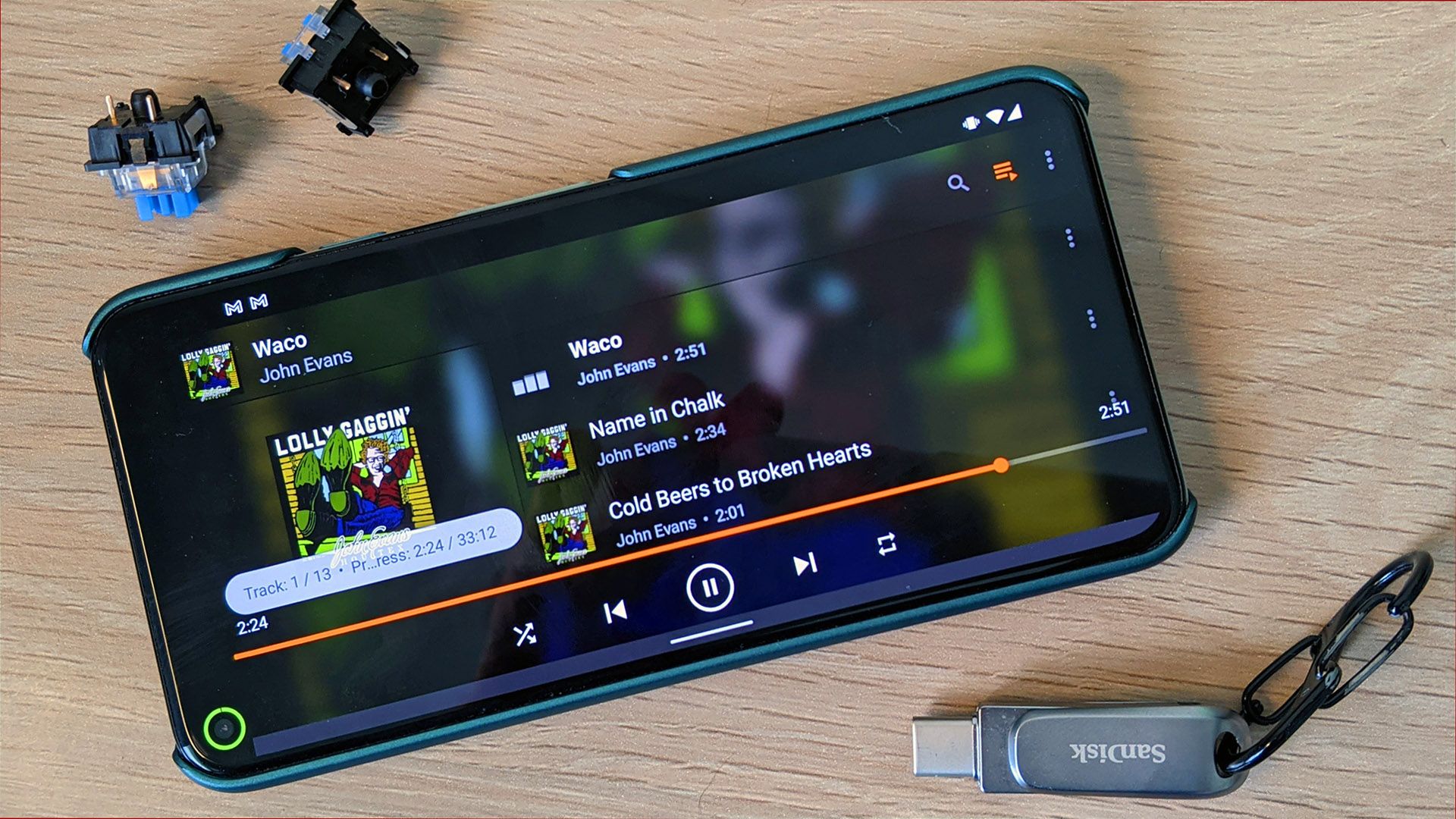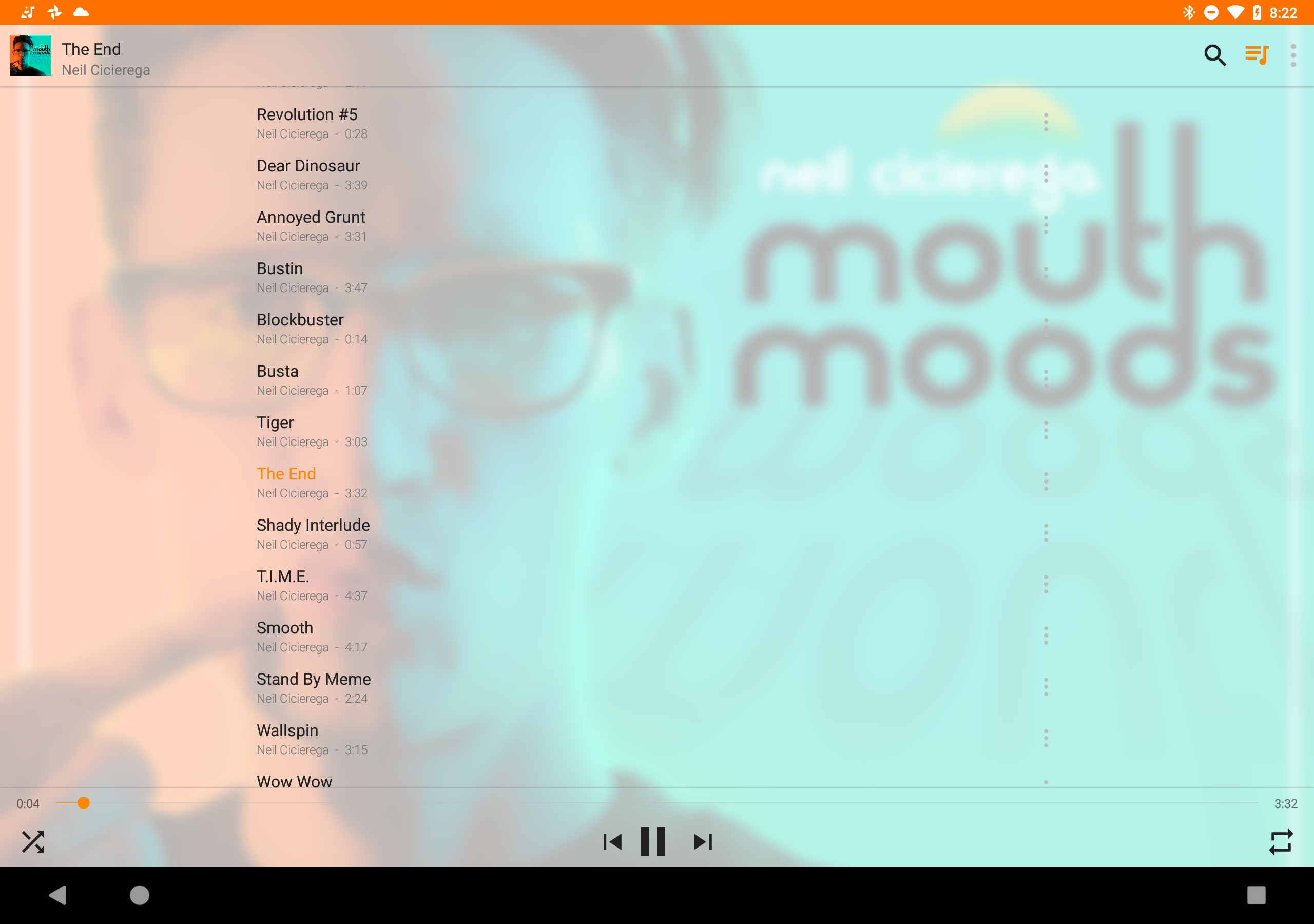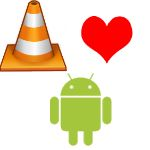latest

VLC media player revitalizes its Android Auto app in latest update
Along with bookmarks and improved onboarding
No matter the device, VLC is pretty much essential for all of your video, audio, and streaming needs. It's always one of the first apps I download when setting up a new computer, and it keeps getting better with each new update. It's been more than two months since we saw VLC 3.4 hit beta, but it's finally ready for primetime.

The latest VLC beta freshens up the audio player interface
Along with some usability tweaks and a couple of new bugs to discover
VLC is a favorite among fans of digital media, at least those that haven't transitioned to streaming full time. Its flexibility is unmatched, thanks in no small part to the fact that it's been under continuous open source development for over twenty years. The latest Android beta version is available now, and it shakes things up a bit.

VLC, the video player that can handle practically anything you throw at it with no config tweaking, has been updated to version 2.5, marking the first update to the stable channel of the popular media player in over a year. In addition to a lot of interface tweaks bringing it more in line with Material Design guidelines, visual changes have also come to Android TV and Auto.

Do you want access to YouTube's background playback feature without paying for Music Key? Then you're in luck... so long as you can provide your own video files. Video LAN Player for Android (better known as VLC) has a few new tricks up its sleeve with the latest release, most notably background playback for videos. That means that you can switch to another task or simply turn your screen off while continuing to listen to the audio - great for podcasts, sitcoms, and surreptitiously listening to Star Trek episodes at work.

Following VLC on Android over the last couple of months has felt a little bit like a shell game. It all started in December when VideoLAN declared VLC was finally leaving behind its Beta status. The app retained the same package name, org.videolan.vlc.betav7neon, but was to be considered stable. Earlier this month, a brand new version 1.0 VLC app appeared in the Play Store with a package name and title devoid of the word 'beta.' This new app was to become the channel for stable releases, while the original listing was again repurposed for beta releases. This only lasted a few days before the new version vanished from the Play Store on devices and ceased to be installable from the web, at least for many of us.

[Update: More Info About NA Availability] VLC Player Now Available In The Play Store For ARMv7 NEON Devices... But Not In The U.S. And Canada
It seems like we've been waiting forever for an official build of VLC to land in the Play Store, and that day has finally come... for some people, anyway.
It seems like we've been waiting forever for an official build of VLC to land in the Play Store, and that day has finally come... for some people, anyway. First off, the build that just landed in the Store is for devices with ARMv7 NEON CPUs only. This includes most modern processors, like Tegra 3, Exynos, OMAP4, and Snapdragon S2, S3, and S4. If you have an older processor, like Tegra 2 or one that uses ARMv6 architecture, then a build for your device should be available "in a few days."

The incredibly popular VLC Player is finally coming to Android after months of hard work by the open source project developers. Originally a desktop media center for Linux, Windows, and Mac, this versatile player will bring many new video-playing features to our beloved OS including a wide variety of formats such as DivX and Dolby TrueHD. The lead developer in the project, Jean-Baptiste Kempf, has confirmed that it will hit the Android Market in "just a few weeks", which means that Android will be the first mobile platform to have a version of this software finally follow iOS and get its own port (thanks, Mikeyy). This was made possible through various NDK (native development kit) improvements found in Gingerbread.






